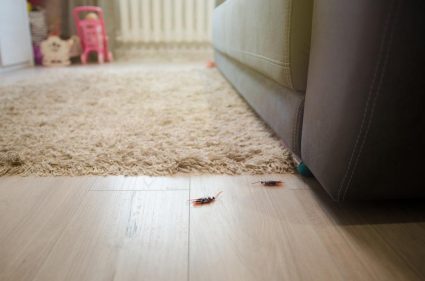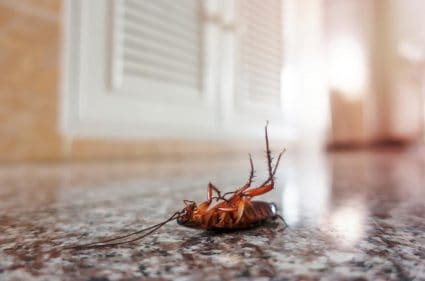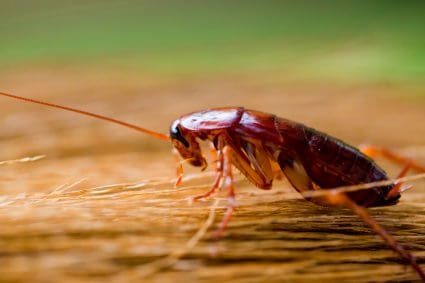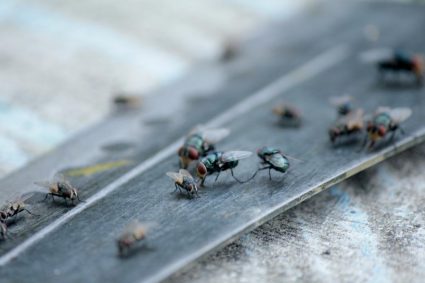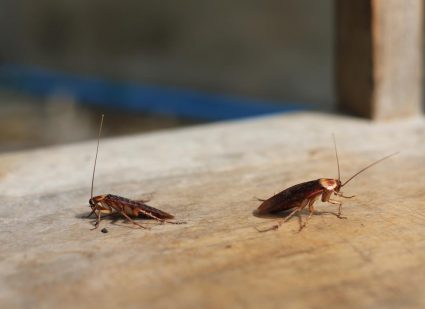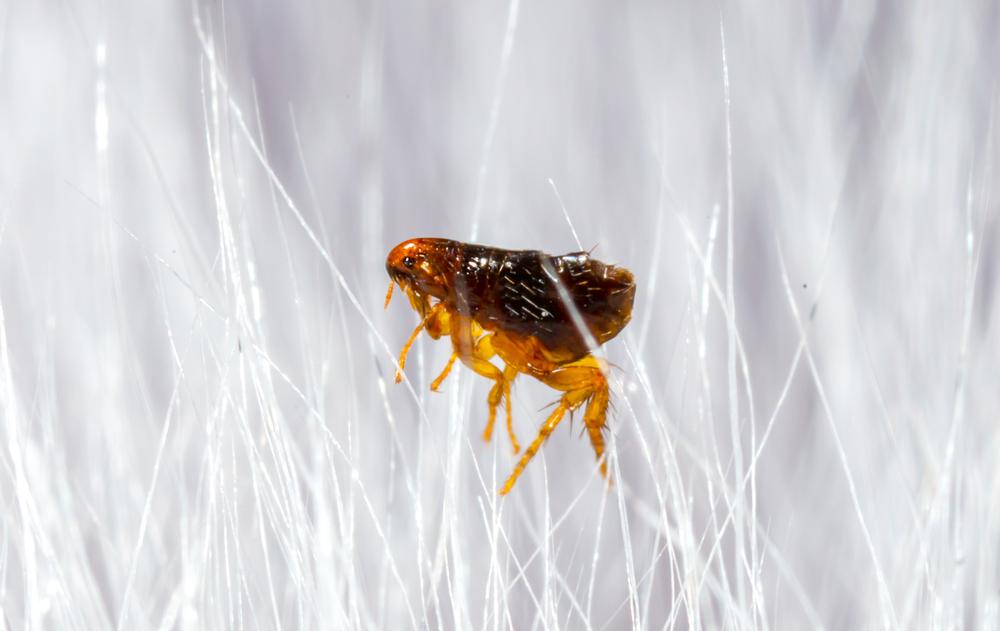
Flea infestations can be a nightmare for homeowners and their pets. These tiny, fast-breeding parasites can quickly overrun your home, causing discomfort for your pets and potentially spreading diseases. If you’re dealing with a flea infestation, you’ve likely sought professional extermination services. But how long after extermination do fleas die? Let’s dive into the details.
After professional extermination, adult fleas usually die within a few hours to a few days. However, flea eggs, larvae, and pupae may take longer to be eliminated, typically around 2-4 weeks. In some cases, it can take several months to completely eradicate the infestation due to the flea life cycle and the severity of the infestation.
The Flea Life Cycle
Before we can answer this question, it’s important to understand the flea life cycle. Fleas have four life stages: egg, larva, pupa, and adult. The time it takes for fleas to die after extermination depends on the stage they are in when treated. Adult fleas usually die within a few hours to a few days of coming into contact with the insecticide. However, flea eggs, larvae, and pupae may take longer to be eliminated, as they continue to mature and emerge as adult fleas over the course of several weeks.
Post-Extermination Timeline
After extermination, it typically takes around 2-4 weeks for fleas to die, but in some cases, it can take several months to completely eradicate the infestation. The exact duration depends on the severity of the infestation, the type of treatment used, and the flea life cycle stages present in the environment.
In some cases, you might find fleas reappearing 10-14 days after treatment, which is normal as long as the insecticide remains in place. Persistence and following the recommended treatment guidelines are key to successfully eliminating fleas from your environment.
Why Do Fleas Persist After Extermination?
One of the common reasons why fleas may persist after extermination is that the treatment may not effectively kill the eggs, larvae, and pupae already present in the environment. These immature fleas can continue to develop and emerge as adults over the course of several weeks.
Cocooned adult fleas can stay dormant for up to 5 months while waiting to detect a host. It is normal to see some adult fleas for up to three weeks after a treatment. Flea populations should entirely dissipate within a few weeks after treatment, but in some cases, it can take several months to get rid of them completely.
Tips for Effective Flea Extermination
To ensure an efficient and successful flea extermination process, consider the following tips:
- Treat all pets: All pets in the household should be treated with veterinarian-recommended flea treatments. This will help to prevent fleas from spreading between them.
- Regular cleaning: Vacuum regularly, especially in areas where pets rest or sleep, along edges of rooms, and beneath furniture, cushions, beds, and throw rugs. This will help to remove flea eggs, larvae, and adults.
- Wash bedding: Clean all bedding, especially pet bedding, frequently with soap and hot water.
- Treat your yard: If your pets spend time outdoors, consider treating your yard with pesticides to kill adult fleas.
- Maintain regular pest control: Regular pest control and inspections can help to prevent fleas from surviving and reproducing in your home.
- Be patient: Remember that flea eradication takes time and patience. Flea larvae can remain dormant in your home for months, so new fleas may continue to emerge even after treatment.
By being diligent and following these tips, you can ensure that your flea extermination process is effective and efficient. Remember, the key to successful flea control is treating both your pet and its living environment simultaneously, and being patient as the treatment takes effect.
Frequently Asked Questions
What types of treatments are used for flea extermination?
There are several types of treatments used for flea extermination. These can include chemical insecticides, growth inhibitors, and natural remedies. Some common types of chemical insecticides include pyrethrins and pyrethroids, which are often used in sprays and foggers. Growth inhibitors, such as methoprene and pyriproxyfen, are used to disrupt the flea life cycle and prevent them from maturing into adults. Natural remedies can include substances like diatomaceous earth or essential oils, though their effectiveness varies.
What diseases can fleas spread?
Fleas can spread several diseases to both pets and humans. Some of these include flea-borne typhus, cat scratch disease, and plague. Fleas can also act as intermediate hosts for tapeworms, which can infect both pets and humans.
How can I tell if my pet has fleas?
Some common signs that your pet may have fleas include excessive scratching or licking, red or irritated skin, hair loss, and the presence of flea dirt (small, black specks) on your pet’s coat or in their bedding. You might also see the fleas themselves, which are small, dark insects that move quickly through your pet’s fur.
What should I do if I still see fleas after extermination?
If you still see fleas after extermination, it’s important not to panic. Remember that it can take several weeks for all fleas to die after treatment. Continue to vacuum regularly and wash bedding frequently to help remove any remaining fleas. If you continue to see fleas after several weeks, or if the infestation seems to be getting worse, you should contact a pest control professional for further assistance.


